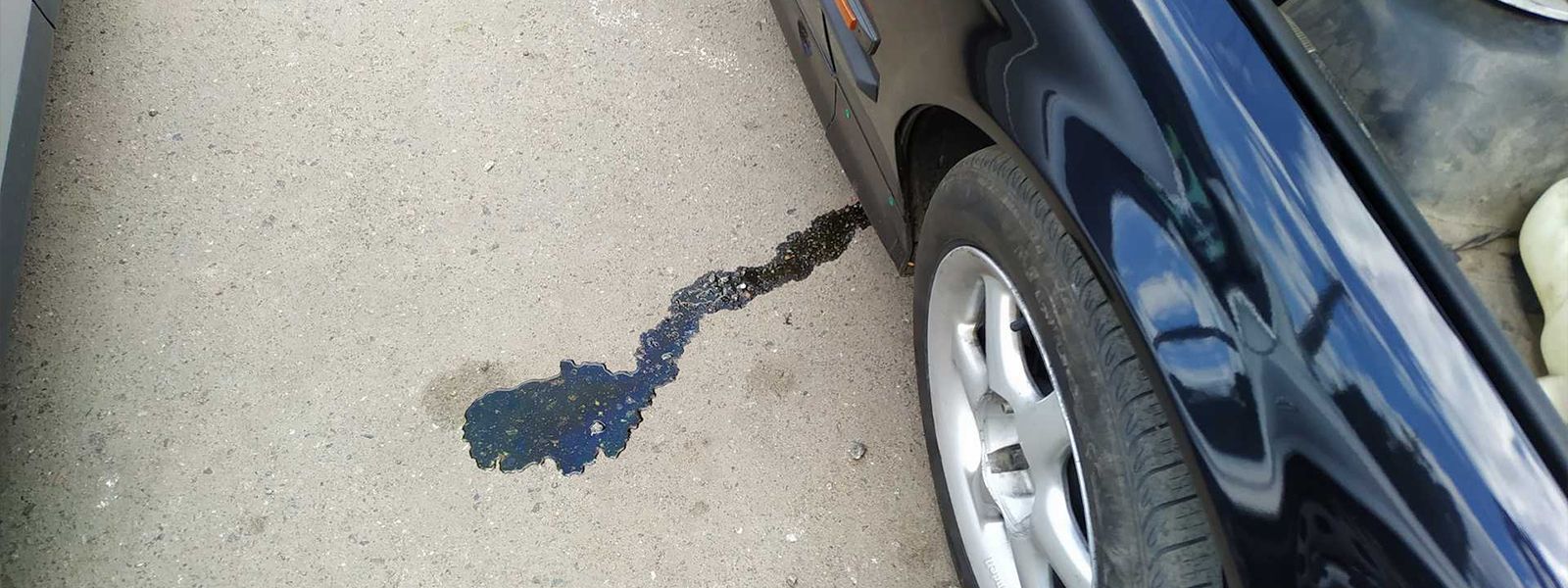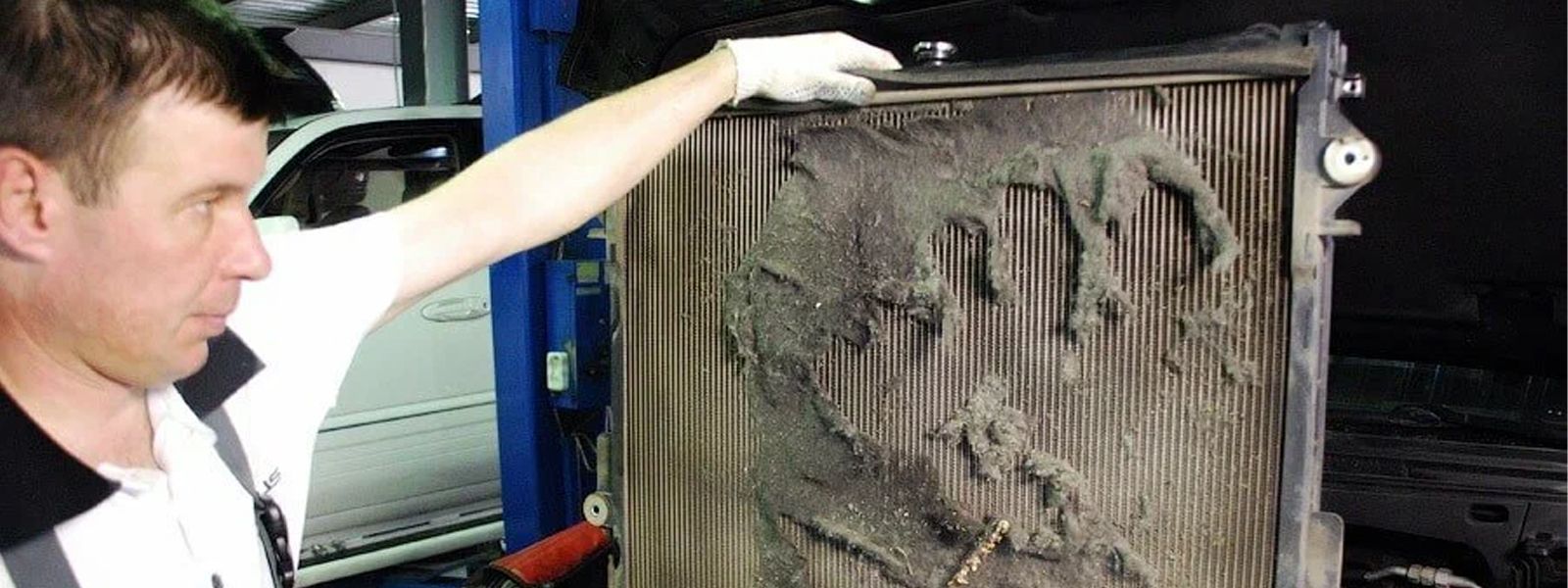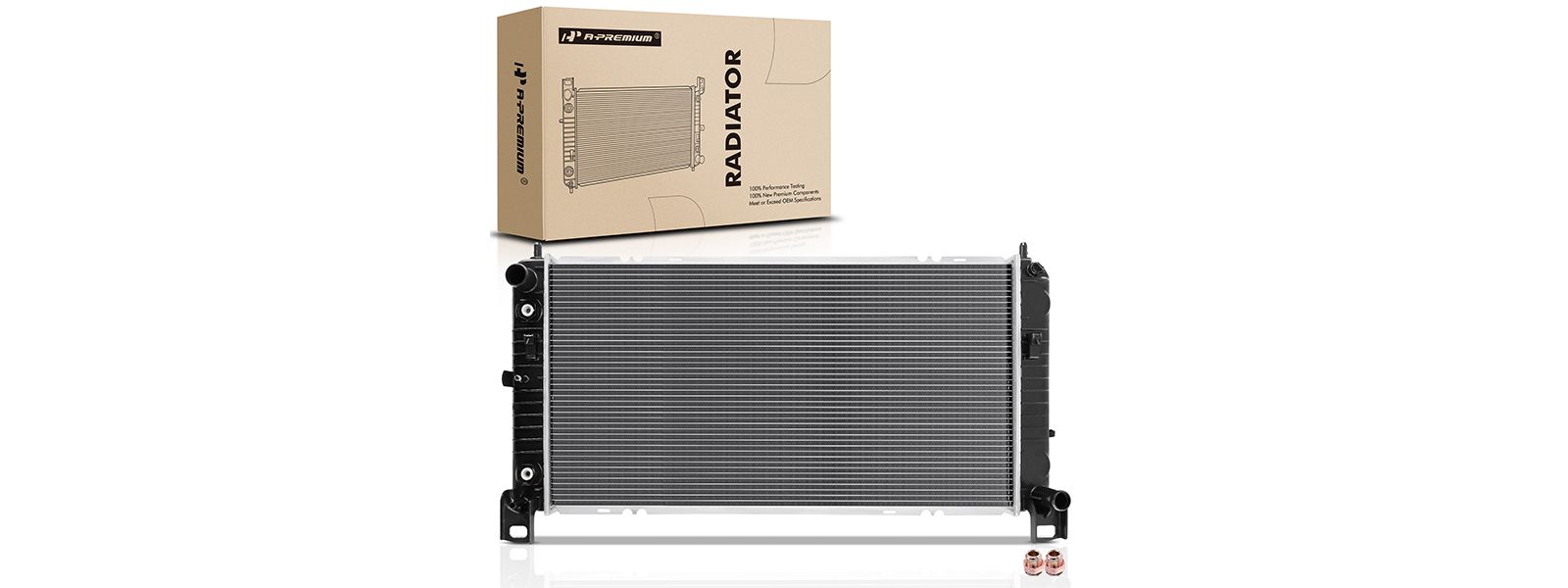
How Much does it Cost to Replace a Radiator

Is your radiator on the fritz? Dive into our guide that outlines the warning signs, provides a step-by-step replacement tutorial, breaks down costs, and offers advice on picking the perfect radiator to ensure your ride stays cool and efficient.
Your car’s radiator is more than just a metal box; it’s the guardian of your engine’s temperature, tirelessly working to fend off overheating. However, over the years, it can become compromised, leading to potentially catastrophic engine issues if left unchecked. In this blog, get ready to discover the warning signs that it’s time for a radiator replacement, follow our easy-to-understand step-by-step guide for making the swap, understand the various factors that can impact your costs, break down what you can expect to spend, and learn how to choose the ideal replacement that fits your vehicle's needs.
Signs you need a new radiator
Recognizing the symptoms of a failing radiator can save you from costly repairs. Here are some common signs that indicate you may need to replace your radiator:
- Overheating engine
If your engine temperature gauge frequently rises above normal levels, it could signal that the radiator is not effectively cooling the engine.
- Coolant leaks
Puddles of coolant under your vehicle or a low coolant level in the reservoir are strong indicators of a radiator leak, which may necessitate replacement.
- Discolored coolant
Coolant that appears rusty or has debris floating in it can indicate a clogged radiator, suggesting it may need to be replaced.
- Unusual noises
If you hear hissing or gurgling sounds coming from the engine area, it may indicate air trapped in the cooling system or a failing radiator.
- Frequent engine temperature warnings
If your dashboard warning lights frequently activate, it’s a sign that the radiator may not be functioning properly and should be inspected.
- Poor heater performance
If your vehicle’s heater isn’t producing hot air, it could be due to a malfunctioning radiator, affecting both heating and cooling efficiency.
How to replace a car radiator step by step
Replacing a car radiator can be a manageable task if you follow these steps carefully.
- Gather tools and materials: You'll need a new radiator, coolant, wrenches, screwdrivers, pliers, a drain pan, and safety gear.
- Prepare the vehicle: Park on a level surface, turn off the engine, and disconnect the negative battery terminal.
- Drain the coolant: Place a drain pan under the radiator and open the drain valve to let the coolant flow out completely.
- Remove the old radiator: Disconnect the upper and lower radiator hoses.
· Disconnect the upper and lower radiator hoses.
· Disconnect the upper and lower radiator hoses.
· Carefully lift out the old radiator.
- Install the new radiator:
· Position the new radiator and secure it with bolts.
· Reattach the hoses, ensuring clamps are tight.
- Refill the coolant: Pour new coolant into the radiator and start the engine, allowing any air bubbles to escape.
- Final checks: Reconnect the battery, check for leaks, and take the vehicle for a short drive to ensure proper operation.
Factors affecting radiator replacement costs
Several factors can influence the cost of replacing a radiator. First, the type of vehicle plays a significant role; luxury or foreign models often require specialized parts that can be pricier. The choice between OEM and aftermarket parts also affects costs. Labor costs vary by location and repair shop, with some areas charging more for skilled mechanics or specialty services. If other components need replacement, such as hoses or the thermostat, this can increase the overall expense. Finally, the complexity of the installation process can also affect labor time and costs, making it important to consider these factors when budgeting for a radiator replacement.
Radiator replacement cost breakdown
The average cost to replace a radiator can vary widely, but here’s a general breakdown:
- Parts: A new radiator typically costs between $100 and $600, depending on the type and brand.
- Labor: Labor costs can range from $75 to $15c0 per hour, with most replacements taking 2 to 4 hours.
- Total cost: Overall, you might expect to pay between $300 and $1,200 for parts and labor combined.
Choosing the right replacement radiator at A-Premium
Looking for a new radiator? A-Premium online store is an excellent choice for your vehicle. We offer a wide selection that is designed for optimal performance, ensuring efficient cooling and longevity. Many of our models are compatible with a wide range of vehicles, making it easy to find the right fit for your needs. A-Premium prides itself on affordability—radiators from our online store start as low as $52.99, providing great value without compromising on quality. With durable materials and reliable construction, our radiators are built to withstand the demands of everyday driving. Choose our store for your radiator needs and enjoy peace of mind with every purchase!












